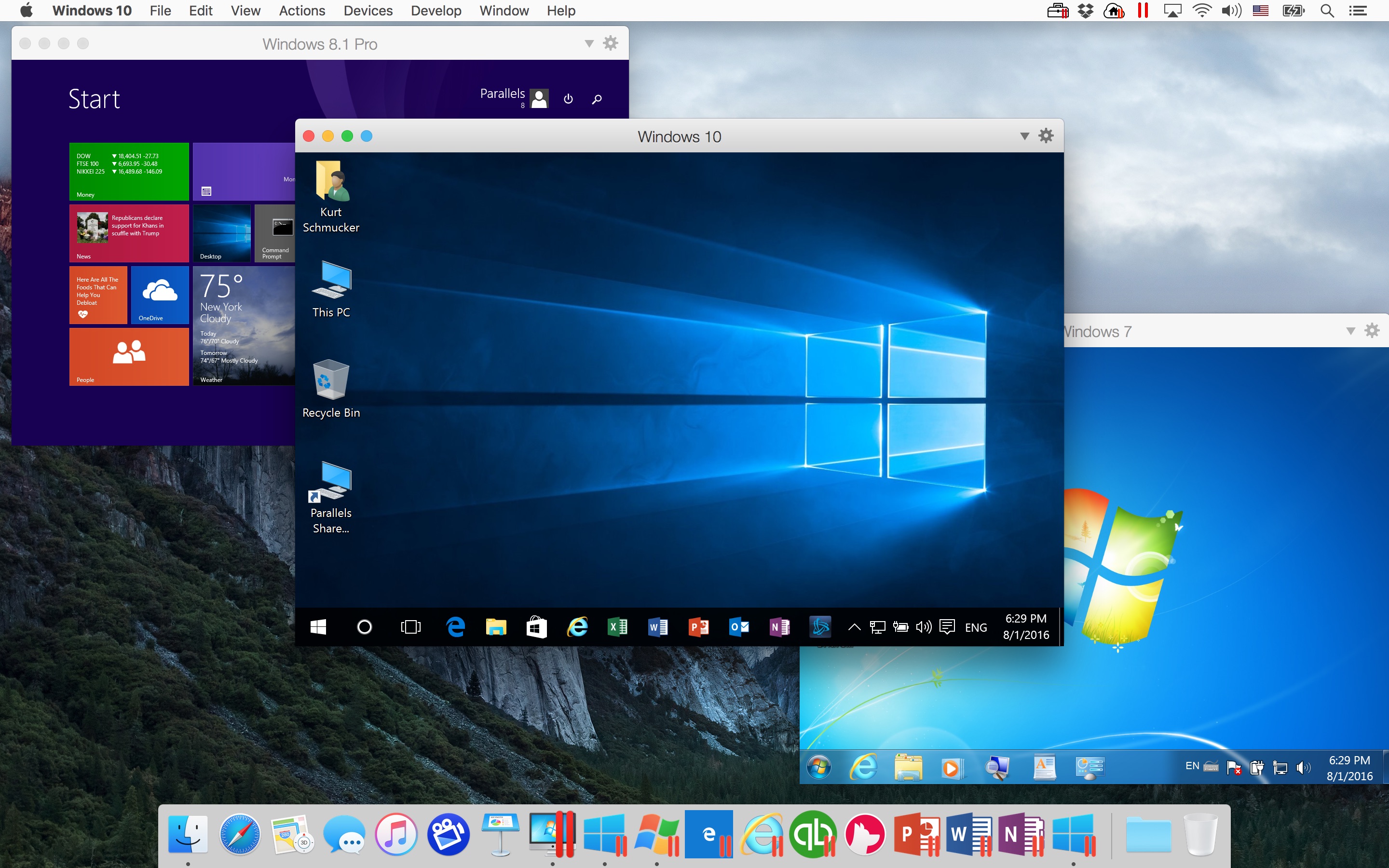

- #Should i get parallels for mac how to#
- #Should i get parallels for mac mac os x#
- #Should i get parallels for mac install#
- #Should i get parallels for mac 64 Bit#
- #Should i get parallels for mac windows 10#
When the installation is successful, click Close to complete the installation process.
#Should i get parallels for mac install#
When prompted, ensure the Enable Hyper-V Windows Features or the Install required Windows components for WSL 2 option is selected on the Configuration page.įollow the instructions on the installation wizard to authorize the installer and proceed with the install. The recent downloads bar at the bottom of your web browser. It typically downloads to your Downloads folder, or you can run it from If you haven’t already downloaded the installer ( Docker Desktop Installer.exe), you can get it from
#Should i get parallels for mac how to#
It shows you how to use a MusicStore application Provides a tutorial on how to set up and run Windows containers on Windows 10, Windows Server 2016 and Windows Server 2019. Getting Started with Windows Containers (Lab).Switch between Windows and Linux containersĭescribes how you can toggle between Linux and Windows containers in Docker Desktop and points you to the tutorial mentioned above.Looking for information on using Windows containers? More information, see Running Docker Desktop in nested virtualization scenarios.

VMWare or Parallels instance might work, but there are no guarantees. Nested virtualization scenarios, such as running Docker Desktop on a

Note that it is not possible to share containers and images between user accounts when using the Docker Desktop WSL 2 backend. This is because all WindowsĪccounts use the same VM to build and run containers. User accounts on machines where it is installed.
#Should i get parallels for mac windows 10#
#Should i get parallels for mac 64 Bit#
#Should i get parallels for mac mac os x#
Parallels enables users to begin accessing their Windows applications and files while simultaneously running Mac OS X without having to reinstall the Windows installations, applications and files. Users that originally loaded Windows using Boot Camp but who now need to run Windows simultaneously with their Mac installations can do so using these virtual machine solutions. Just as with VMware Fusion, Parallels Desktop can power Boot Camp partitions from within Mac OS X. Thus, even if Parallels' performance margin is only even slightly better than VMware Fusion's, you're talking about a case in which squeezing every last bit of performance from the machine may make a noticeable difference. When running Parallels, resources that would otherwise be available to Windows are tied up running Mac OS X. With Boot Camp, users receive the benefit of having all cores and all RAM dedicated to running Windows when the user requires Windows-based applications. That's one of the reasons I advocate using Boot Camp instead. The big killer here, of course, is that Mac OS X must power the entire Windows install within Mac OS X. The better the virtual machine software, the better.

Now Parallels appears to have the lead, better managing visual elements, and generally providing faster performance, than does VMware. That is, until Parallels' latest release. As Mossberg notes, Parallels seemed to have momentarily slipped behind VMware's Fusion.


 0 kommentar(er)
0 kommentar(er)
